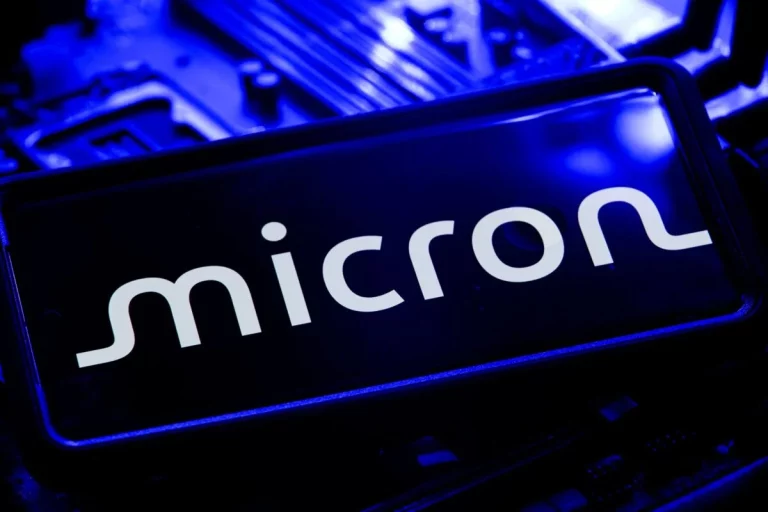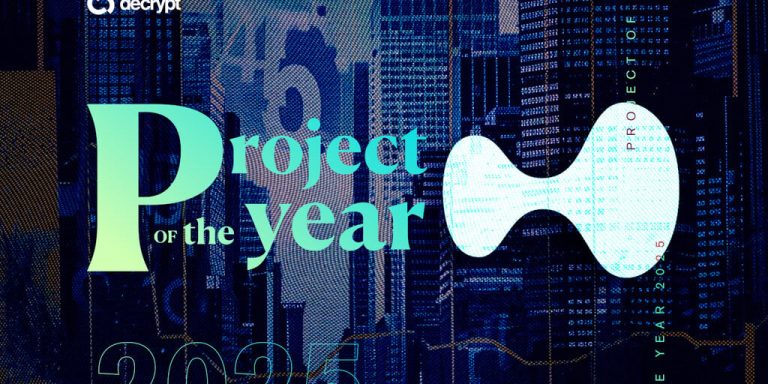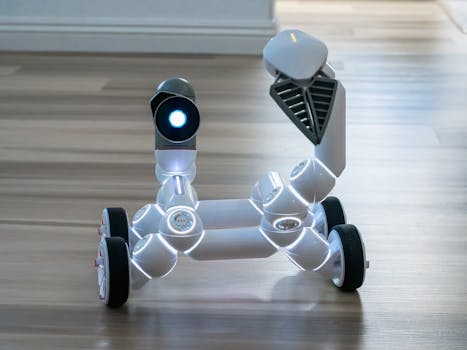
Smart Homes 2025: The Rise of AI-Driven Devices
Smart Homes 2025: The Rise of AI-Driven Devices is a revolutionary concept that is changing the way we live. With the integration of artificial intelligence (AI) and machine learning (ML) into home automation systems, our homes are becoming smarter, more efficient, and more convenient.
Introduction to Smart Homes
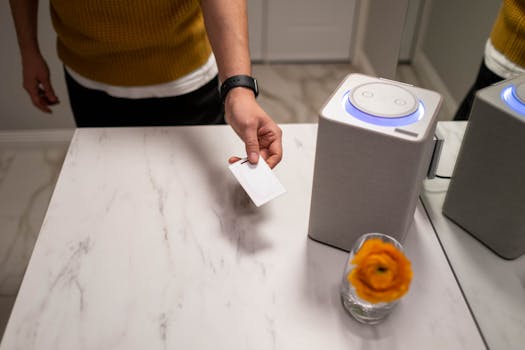
A smart home is a residence that has been equipped with advanced technology to make it more comfortable, convenient, and energy-efficient. These homes are equipped with devices and systems that can be controlled remotely using a smartphone or voice commands. Some of the most common smart home devices include thermostats, lighting systems, security cameras, and door locks.
The Rise of AI-Driven Devices

In recent years, there has been a significant rise in the development and adoption of AI-driven devices for smart homes. These devices use machine learning algorithms to learn the habits and preferences of the occupants and adjust their behavior accordingly. For example, an AI-powered thermostat can learn the temperature preferences of the occupants and adjust the temperature to optimize energy efficiency and comfort.
Benefits of AI-Driven Smart Homes
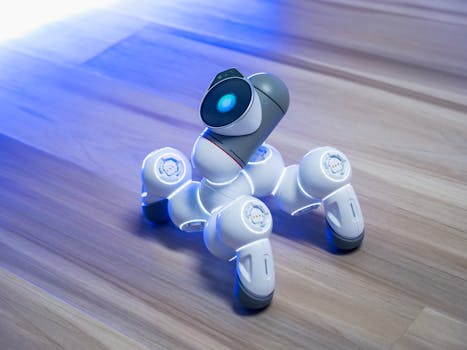
The integration of AI-driven devices into smart homes has numerous benefits. Some of the most significant advantages include:
- Increased energy efficiency: AI-driven devices can optimize energy consumption by adjusting the temperature, lighting, and other systems based on the occupancy and preferences of the home.
- Improved convenience: AI-driven devices can be controlled remotely using a smartphone or voice commands, making it easy to manage the home from anywhere.
- Enhanced security: AI-powered security cameras and door locks can detect suspicious activity and alert the occupants or authorities in case of a security breach.
- Personalized experience: AI-driven devices can learn the habits and preferences of the occupants and adjust their behavior to provide a personalized experience.
Examples of AI-Driven Smart Home Devices
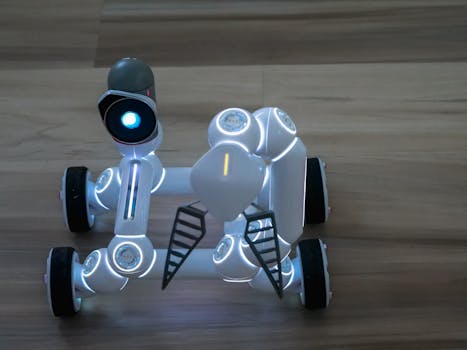
Some examples of AI-driven smart home devices include:
- Amazon Echo: A voice-controlled smart speaker that can control other smart devices, play music, and provide information.
- Google Home: A voice-controlled smart speaker that can control other smart devices, play music, and provide information.
- Nest Learning Thermostat: A smart thermostat that can learn the temperature preferences of the occupants and adjust the temperature to optimize energy efficiency and comfort.
- August Smart Lock: A smart door lock that can be controlled using a smartphone and provides features such as keyless entry and biometric authentication.
Conclusion
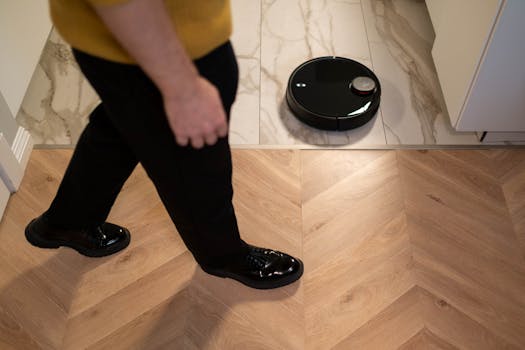
In conclusion, Smart Homes 2025: The Rise of AI-Driven Devices is a revolutionary concept that is changing the way we live. With the integration of AI and ML into home automation systems, our homes are becoming smarter, more efficient, and more convenient. The benefits of AI-driven smart homes include increased energy efficiency, improved convenience, enhanced security, and a personalized experience. As the technology continues to evolve, we can expect to see even more innovative and exciting developments in the world of smart homes.
